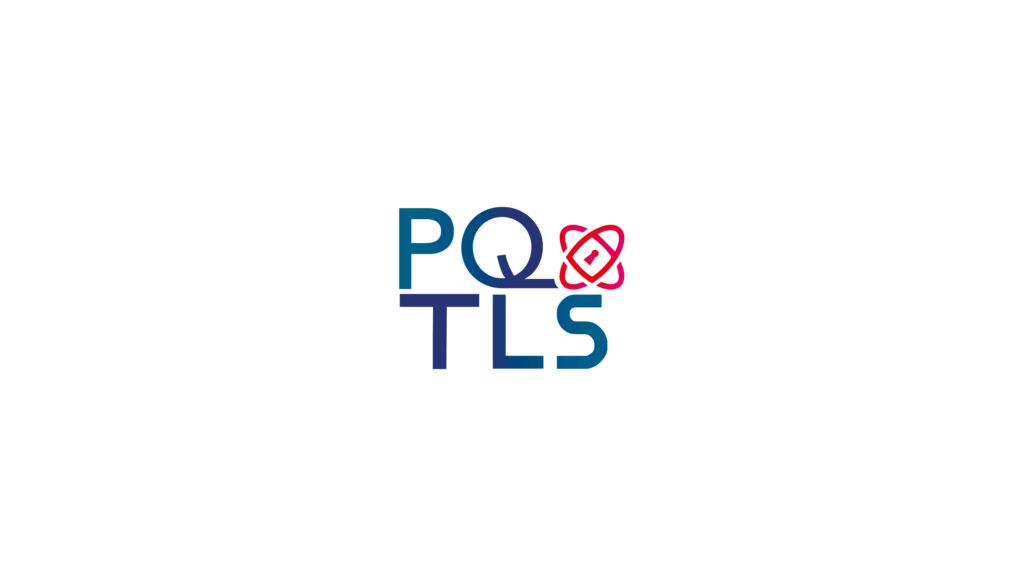
PQ-TLS
A post-quantum padlock for web browsers
Project managers
Pierre-Alain Fouque, Université de Rennes
Benoit Josset, Université de Rennes
Overview
The aim of the PQ-TLS project is to develop post-quantum cryptography schemes over a 5-year period, to be implemented in a web browser. Post-quantum cryptography protects Internet communications against attackers using quantum computers.
Keywords: Post-quantum cryptography, networks, error-correcting code, isogeny, verified implementation and hardware implementation
Website: https://pepr-pq-tls.cnrs.fr/
Social Media: LinkedIn
In a nutshell
The familiar “padlock” that appears in the bar of web browsers when you visit websites whose address is preceded by “https” currently relies on cryptographic primitives that would not stand up to a quantum computer. In 1994, Peter Shor discovered a quantum algorithm capable of breaking schemes like RSA or using elliptic curves.
The evolution of cryptographic standards has already begun. The choice of new primitives using difficult problems on Euclidean networks, corrector codes and hash functions has been made since 2022. Finally, implementation security is still a hot topic, as is the transition from today’s so-called pre-quantum cryptography to post-quantum cryptography.
The aim of the PQ-TLS project is to play a leading role in this evolution, and to ensure that French players in post-quantum cryptography, who are already heavily involved, are in a position to influence the cryptographic standards of the decades to come. Of the 5 standards currently selected, 4 have been proposed in collaboration with French researchers. Similarly, members of the PQ-TLS project have made a major contribution to scheme analysis and research into attacks on these schemes. Major advances have been made by researchers on the security of the SIDH scheme using isogenies and the McEliece scheme using corrector codes.
Challenges
- Develop new encryption and signature schemes, based on a multitude of approaches, to bring cryptography into the post-quantum era and make protocols resistant to attacks from a quantum computer.
Tasks
- WP 1: Cryptography based on Euclidean networks
- WP 2: Cryptography based on codes
- WP 3: Isogeny-based cryptography
- WP 4: Multivariate cryptography
- WP 5: Quantum cryptanalysis
- WP 6: PQ-TLS: design and formal security
- WP 7: Secure and verified implementation of primitives
- WP 8: Hardware implementation and physical attacks
- WP 9: TLS coordination and integration
- WP 10: Standardization
Consortium
- Centre de nanosciences et de nanotechnologies (C2N, CNRS / Université Paris-Saclay)
- Centre de Physique Théorique (CPHT, CNRS / Ecole Polytechnique)
- Institut de Physique de Nice (INPHYNI, CNRS / Université Côté d’Azur)
- Institut de science et d’ingénierie supramoléculaires (ISIS, CNRS / Université de Strasbourg)
- Laboratoire Charles Fabry (LCF, CNRS / Institut d’Optique Graduate School)
- Laboratoire Collisions Agrégats Réactivité (LCAR, CNRS / Université Toulouse III Paul Sabatier)
- Laboratoire de physique des lasers (LPL, CNRS / Université Sorbonne Paris Nord)
- Laboratoire Kastler Brossel (LKB, CNRS / Collège de France / ENS-PSL / Sorbonne Université)
- MajuLab, IRL CNRS, Singapour